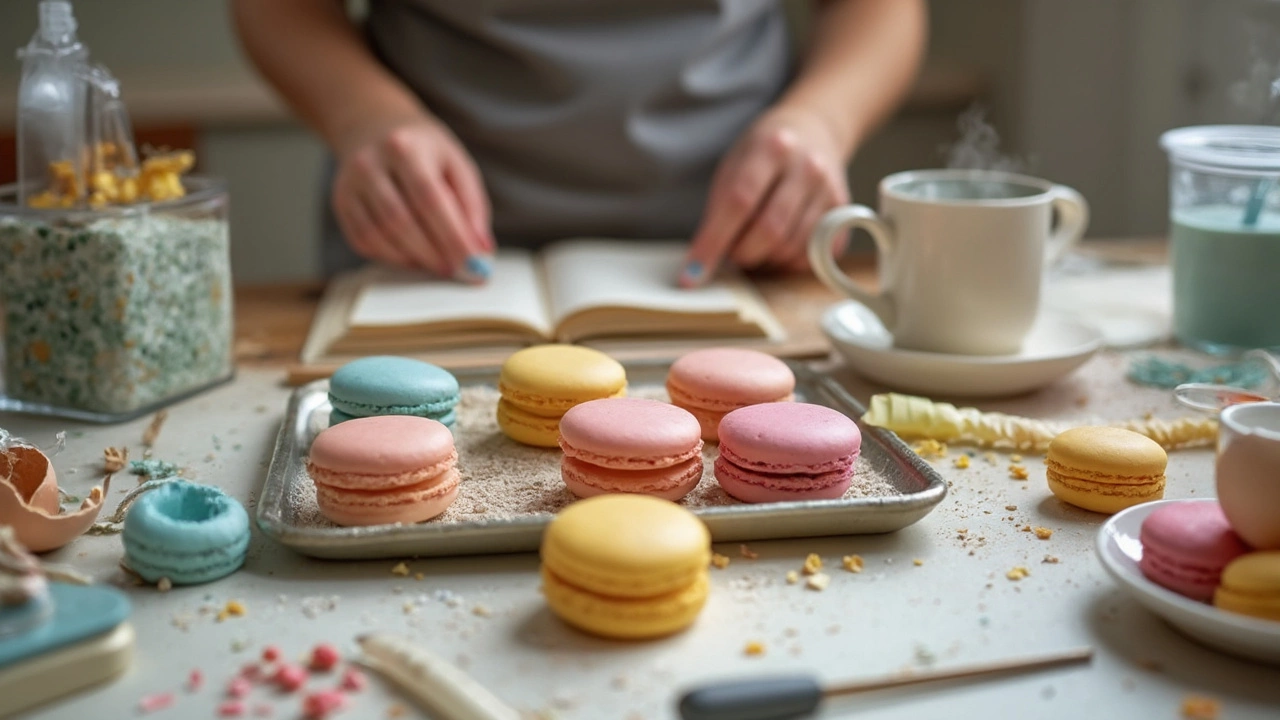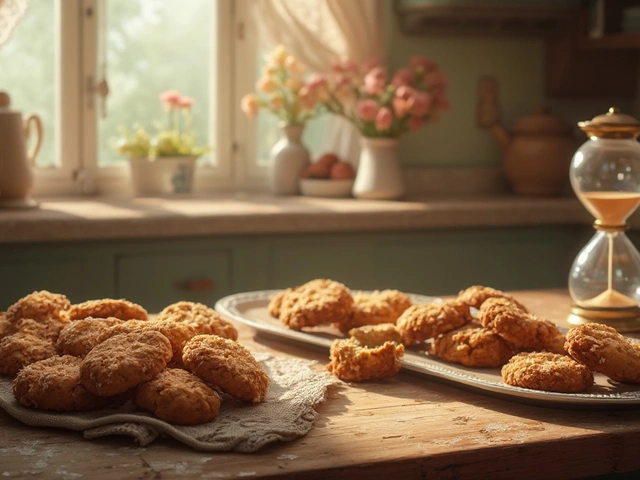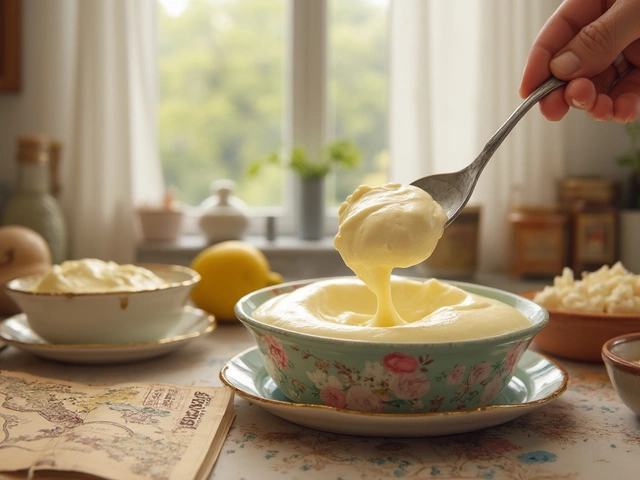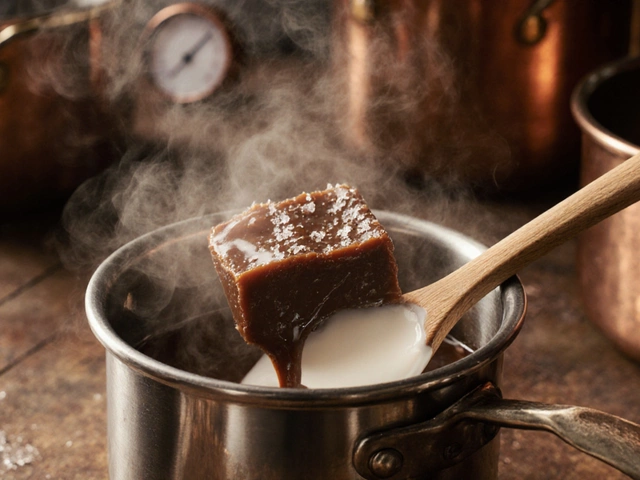Ever seen those tiny, colorful macarons in bakery windows and wondered if making them at home is cheaper? Spoiler: it depends! The cost goes way beyond just eggs and sugar. You have to factor in fancy almond flour, food coloring, and a few tools that aren’t exactly standard in most kitchens.
Here’s where it gets interesting—there’s no one-size-fits-all answer. Ingredient prices can change a lot, especially with things like almonds or good quality chocolate for your ganache. And let’s be honest, your first batch might end up a little wonky (I broke about a dozen shells before getting the hang of it). That means you may end up using more ingredients than you planned.
If you’re thinking of making a bunch for a party, or even dreaming about selling them, knowing these costs upfront saves a ton of stress. Cutting corners isn’t always worth it, especially when it comes to almond flour. But that doesn’t mean you need to buy every fancy gadget the pros use—sometimes, a few small tricks can save you both cash and kitchen headaches.
- Breaking Down the Ingredient Costs
- Equipment That Makes a Difference
- Unexpected Expenses (And How to Avoid Them)
- Saving Money Without Ruining Your Macarons
Breaking Down the Ingredient Costs
Here’s the real scoop: the price of making a batch of macarons at home starts with the basics, but things can get expensive before you know it. A typical homemade batch (about 20-24 shells, which is 10-12 whole macarons) calls for just a handful of core ingredients, but some hit your wallet harder than others.
- Almond flour: This is the most important—and pricey—ingredient. For one batch, you’ll need around 100g (1 cup), and small packs are rarely cheap. In 2025, expect to pay about $8 to $12 per pound in most U.S. stores.
- Powdered sugar: Usually mixed with almond flour. You’ll need the same amount—about 100g (1 cup). A whole bag costs $2 to $3, but per batch, it’s maybe 40 cents.
- Egg whites: You need 2-3 large egg whites (about 70g). A dozen eggs are about $3, so egg whites for one batch are less than a dollar.
- Granulated sugar: Not much, about 1/4 cup (50g). We're talking 10 cents’ worth.
- Food coloring: Gel food coloring works best. One bottle lasts ages, so cost per batch is under 25 cents.
- Filling (butter, cream, chocolate, or jam): This one varies. For something simple like chocolate ganache, you’ll need about $1 worth of ingredients for a batch.
All these costs can add up. Here’s a super clear breakdown for a single batch:
| Ingredient | Amount Used | Approx. Cost per Batch |
|---|---|---|
| Almond flour | 100g (1 cup) | $1.75 |
| Powdered sugar | 100g (1 cup) | $0.40 |
| Egg whites | 2-3 large | $0.75 |
| Granulated sugar | 50g (1/4 cup) | $0.10 |
| Food coloring | A few drops | $0.20 |
| Filling | Ganache or buttercream | $1.00 |
So, for one batch, you’re looking at roughly $4 to $5 for just the ingredients and a couple of extra dollars if you go wild with exotic flavors or fillings. And this doesn’t count the inevitable broken shells if you’re new to baking these little treats (trust me, they happen!).
If you want to save, buy almond flour in bulk or look for deals online. Don’t swap it for regular flour, though, or you’ll lose that classic macaron taste and texture. Stick to real almond flour—that’s the secret sauce for legit macaron cost and that chewy-crisp bite.
Equipment That Makes a Difference
An honest macaron budget has to include more than just ingredients. Certain tools make the whole process way less stressful—and can decide if your macarons look bakery-level or end up cracked and lopsided.
First up: a kitchen scale. Macaron recipes need ingredient amounts to be super precise. Guessing with cups or tablespoons is risky. Even budget digital scales work fine. Trust me, trying to eyeball almond flour is basically setting yourself up for disappointment.
Piping bags are another must. They help you make those perfect macaron circles. You can use a plastic sandwich bag in a pinch, but real piping bags (and a plain round tip, usually size 12 or 1/2 inch opening) make things much easier and give more consistent results. Consistency is the secret to that smooth, glossy macaron shell.
Baking mats really help. Silicone mats (like Silpat) keep macarons from sticking and let the bottoms cook evenly. If you can’t get your hands on a silicone mat, good quality parchment paper works most of the time, but shells sometimes stick or brown too much on the bottom.
Don’t forget about your oven. French macarons need steady heat. An oven thermometer costs just a few bucks and tells you if your oven runs too hot or cold—this tiny step can literally save a whole batch. Uneven ovens often mean hollow or cracked shells, which tank your macaron cost if you have to toss them.
- Kitchen scale for accuracy
- Piping bags and round tip for control
- Silicone baking mat for smooth bottoms
- Oven thermometer to stay on temperature
You don’t have to buy everything fancy—just don’t skip the basics. A good setup up front saves your time, nerves, and money down the line. And honestly, once you nail the equipment, you’ll already be ahead of most first-time bakers.
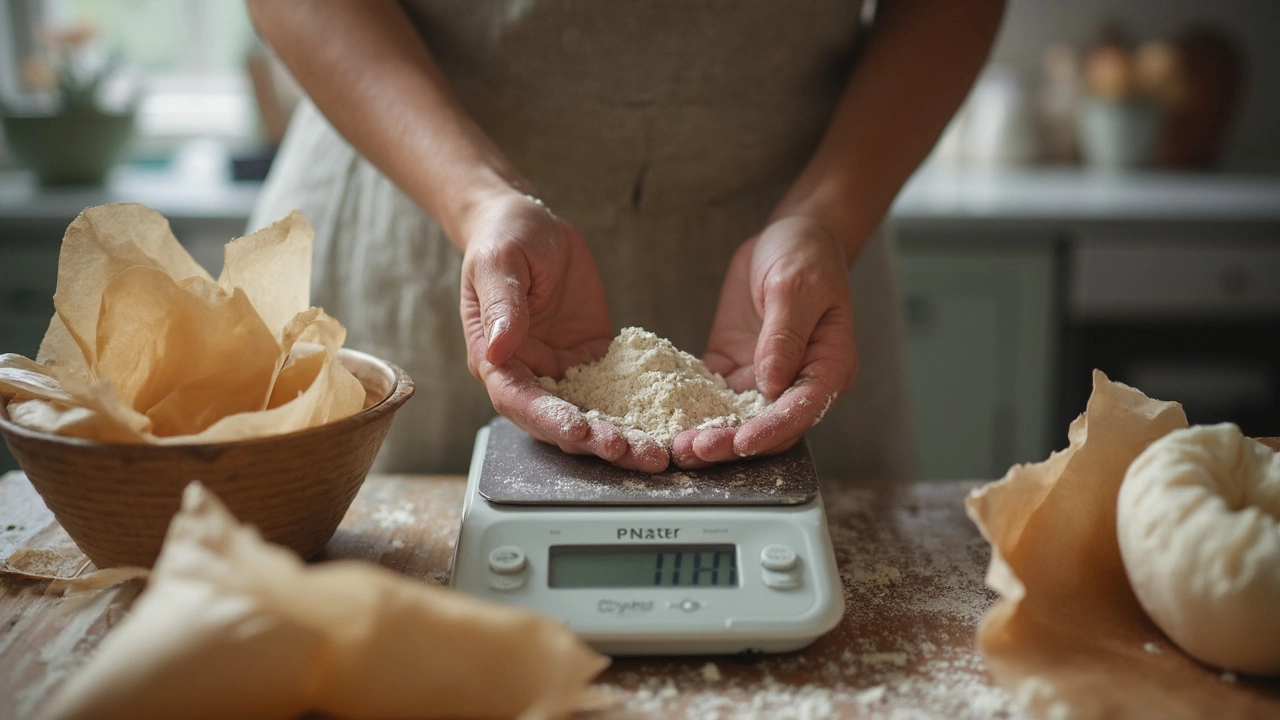
Unexpected Expenses (And How to Avoid Them)
The little details can really mess with your budget when making macarons. People often think the ingredient list is simple, but plenty of hidden costs pop up along the way. It’s easy to forget about stuff like parchment paper, quality food coloring, or the price of test batches that flop.
Let’s break it down with a quick look at common surprise costs you’ll want to plan for:
- Trial runs: If you’re not familiar with macaron baking, expect some cracked shells, hollow cookies, or sticky bottoms. You’ll likely use up extra eggs, almond flour, and sugar before nailing that perfect batch.
- Equipment mishaps: Cheap piping bags can burst, spatulas can snap, and basic mixers sometimes don’t have the power for stiff meringues. Skimping on gear might cost you more in the long run.
- Specialty supplies: Gel food coloring (liquids make macarons chewy!), sifter for almond flour, and oven thermometers aren’t usually in the average kitchen. These are small purchases that add up fast.
- Utility costs: Running the oven for several test batches adds to your energy bill. And some ovens run hotter or colder than their temperature dial says—uneven baking means more wasted macarons.
| Unexpected Cost | Approximate Price (USD) |
|---|---|
| Parchment Paper (per roll) | $4 |
| High-Quality Gel Coloring (per set) | $12 |
| Reusable Piping Bags (set of 2) | $10 |
| Silicone Baking Mat | $15 |
| Oven Thermometer | $7 |
| Ingredient Loss From Failed Batches (per batch) | $5-8 |
Here are some ways to skip or trim these sneak-attack expenses:
- Start with a small batch. Fewer macarons per tray means you waste less if things go sideways.
- Borrow specialty equipment like mixers, thermometers, or mats from a friend if you don’t want to invest right away.
- Stick to tried-and-true recipes with high ratings—random hacks or TikTok trends often end in disaster.
- Buy in bulk with a baking buddy. Almond flour and coloring are cheaper by the pound but only if you split the cost.
Every little thing adds up. That’s why the real macaron cost can be so surprising, especially if you’re new to the baking game. Planning ahead and knowing where these hidden charges come from will save both your money and your sanity.
Saving Money Without Ruining Your Macarons
Everyone looking to bake macarons wonders the same thing: can you keep costs down without ending up with chewy hockey pucks? Good news—yes, you can, as long as you know where to cut corners and where to stick to the classic methods.
Let’s start with the main thing: don’t cheap out on the almond flour. This is the backbone of your cookie—the reason macarons have that trademark taste and texture. Buying almond flour in bulk online usually shaves a decent chunk off the price. Skip the fancy baking store packaging and compare prices by the kilo, not the bag.
Eggs are next. Regular eggs from the grocery store work fine, so don’t worry about splurging on any special ‘baker’s’ eggs. The real trick is just separating them cleanly—there’s no magic brand that gives better foam. Letting your egg whites sit at room temp for a bit actually helps, so you’re doing yourself a favor by planning ahead instead of buying pre-separated stuff.
About coloring: Gel food colors are way more concentrated than liquid ones, so you use less and avoid throwing off the moisture in your batter. One little pot lasts ages, and you avoid wasting expensive almond flour on pale, sad shells that never look right.
You don’t need every fancy tool out there. A piping bag is a must, but you can use a plain zip-top bag with the corner cut off if you’re just starting out. Same with baking mats—while silicone mats are reusable and convenient, plain parchment paper (the kind you find at any supermarket) works just fine for almost everyone’s oven.
- Buy almond flour in bulk and freeze extra to keep it fresh.
- Keep oven temps steady—macarons are picky, and wasted batches are the biggest money-waster around. An oven thermometer pays for itself fast.
- Watch out for recipes calling for unusual ingredients like fancy sugars or imported flavor oils. Simple fillings like ganache or fruit jam keep the macaron cost down and taste amazing.
- Practice on smaller batches as you learn; it majorly cuts down on wasted ingredients after those first test rounds.
At the end of the day, the real savings come from fewer failed bakes and not getting sucked into Instagram trends that need rare ingredients. Stick with the basics, find your rhythm, and that’s where the smartest macaron savings really add up.

